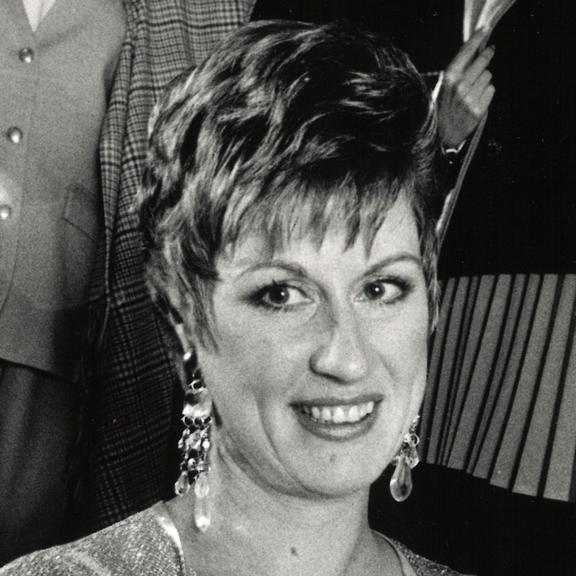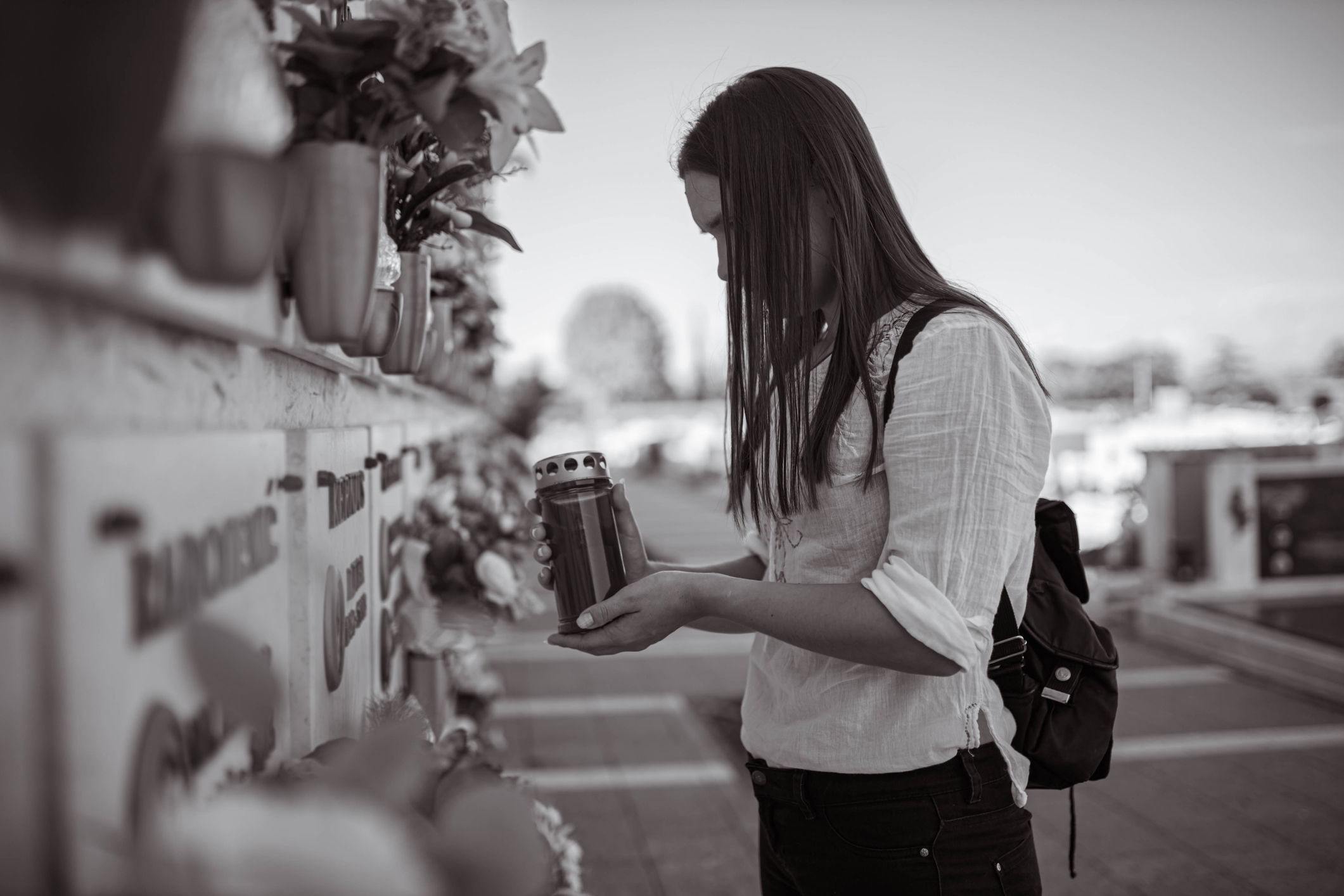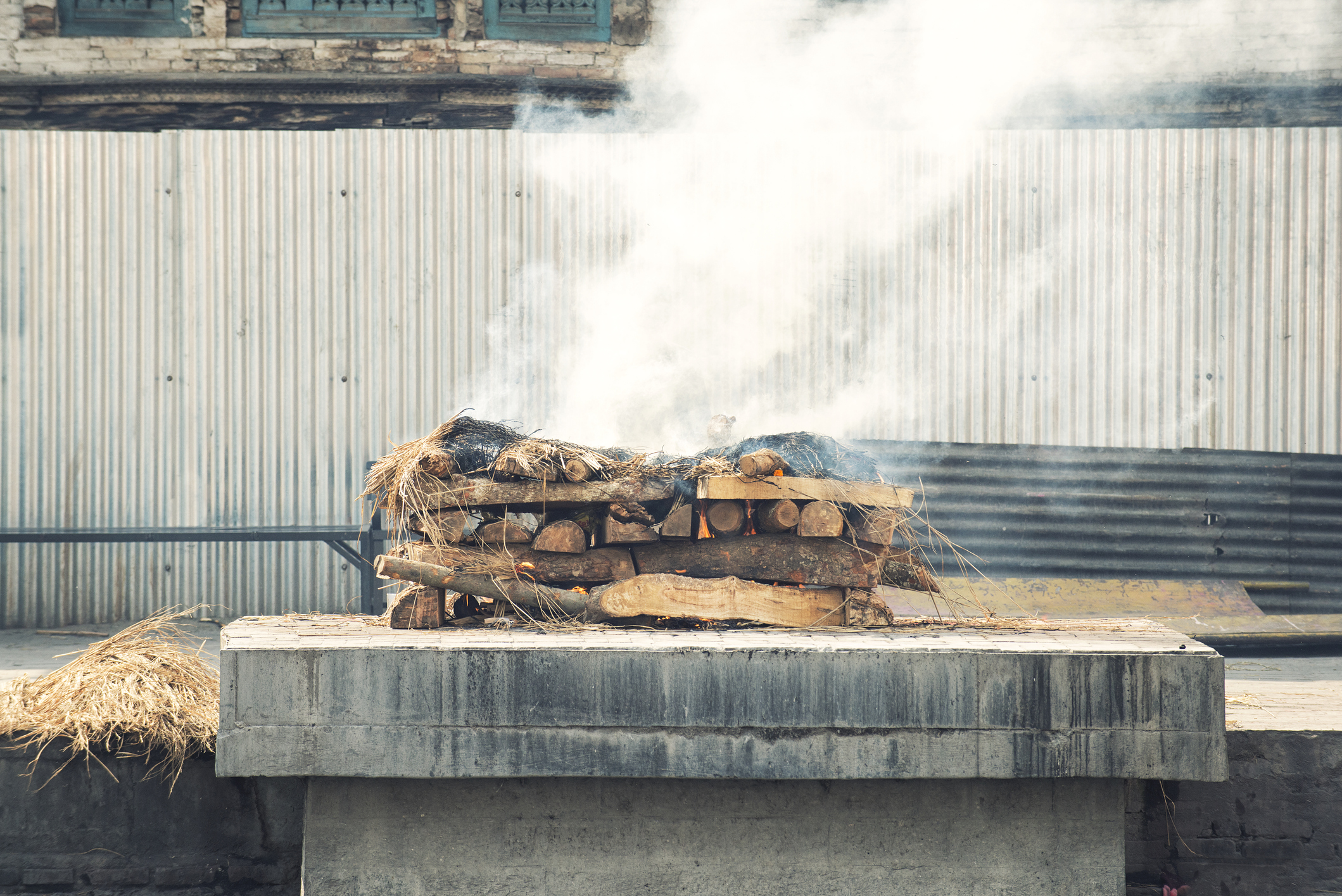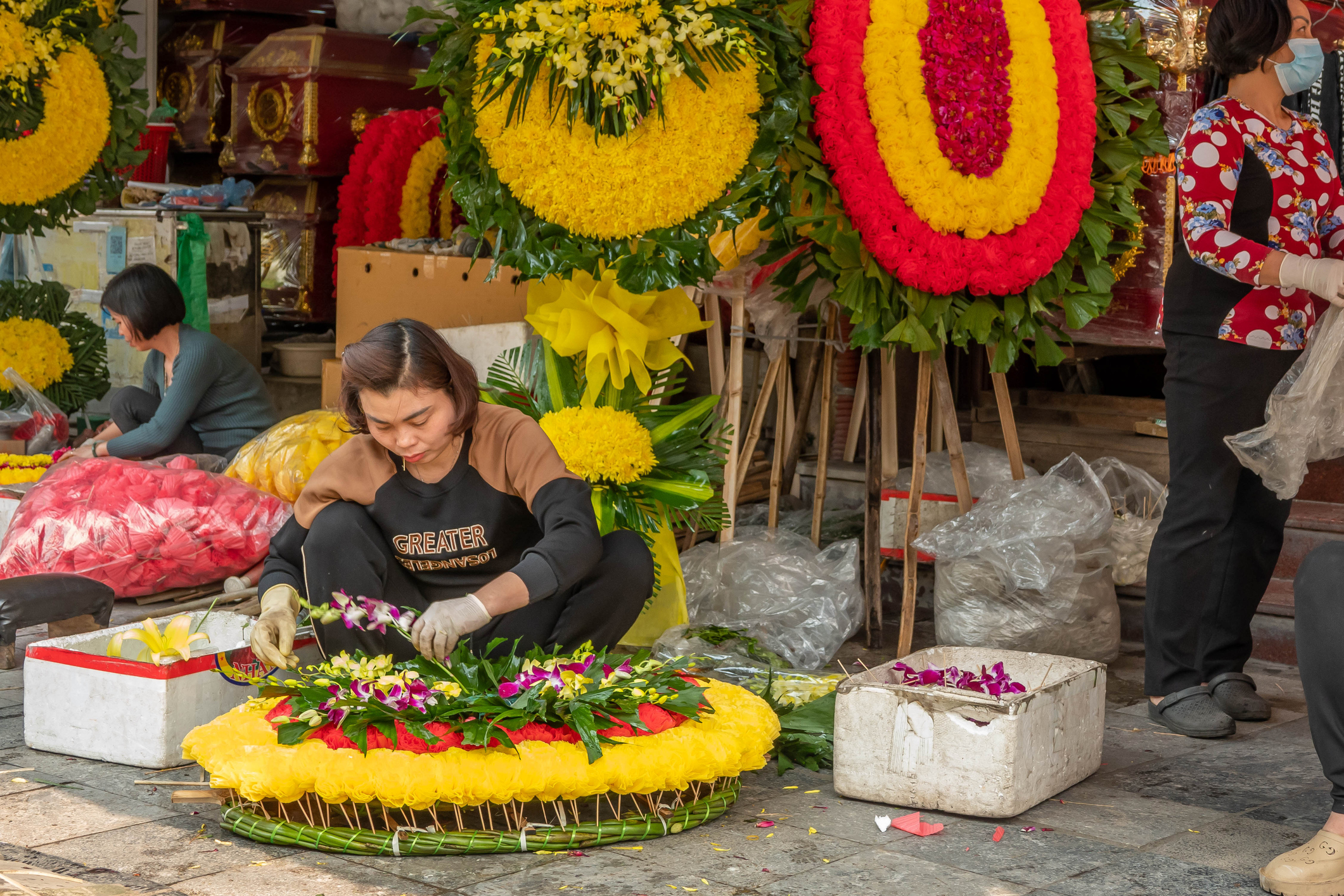Perri Cutten: A Timeless Legacy in Fashion
Remembering Perri Cutten: A trailblazing Australian fashion designer whose timeless elegance and...

 Search...
Search...
In the early days, they used log pyres (pyres: pile or heap of wood for burning a dead body) to cremate bodies, but now they use special chambers that turn a body into ashes in just an hour or two. People can then choose to scatter these ashes in a garden, keep them in an urn at home or bury them in a cemetery.

Cremation became popular again in Europe and the United States in the late 1800s. This happened because cities were getting crowded and cemeteries were causing health hazards. In 1884, a British court made cremation legal, and soon after other European countries followed suit. The first known crematorium in Australia was the Woodman Point Crematorium in Western Australia. Built in 1900, it was required to cremate people who had infectious diseases like the plague and smallpox.
New South Wales built their first crematorium in 1925. Located at Rookwood, it is the oldest continuously operating crematorium in Australia, and today it performs approximately 2,500 cremations annually.
RELATED ARTICLES: Read how the future of funerals is changing here
Today, many Christian groups, including the Roman Catholic Church, allow cremation. The Pope allowed it in 1963, however, Orthodox Jews and Muslims still don't permit it. Sikhs, Hindus and Buddhists, on the other hand, commonly use cremation. In some Asian countries, only a select few, like high lamas in Tibet, or in Laos only those who die peacefully, get cremated.

In the past, people in Scandinavia used both cremation and burial. During the Viking period, which began in the 9th century, they started putting the deceased in ships. They either buried these ships, burned them on a big fire, or set them afloat in the sea. They did this because they believed death was like a journey and the dead person needed things like weapons, animals and servants for the afterlife.
Before European settlers came, Indigenous Australians had various ways of dealing with the dead. In some parts, they either cremated or buried them. New findings from Lake Mungo Western New South Wales suggest that Indigenous Australians were cremating their dead over 40,000 years ago.
"In Japan, the night before the funeral, the very close relatives hold a special ceremony called 'Otsuya' to farewell the body. We burn candles and incense and stay awake all night, just in case the person wakes up. Monks also visit to pray and give the person a Buddhist name. After the body has been cremated, relatives each take a bone with chopsticks and place it in a white pottery jar. This way we send a message that we haven't abandoned the body. The voice box bone is a special bone because it is the shape of Buddha sitting in prayer. After 49 days the bones can go in a gravestone at the cemetery." - Hiroko Ishihara, 55 and Keiko Hosokawa, 49, Sydney
RELATED ARTICLES: Discover the secrets to a long life: What determines how long we live?
"In Hindu religion, fire is considered a sacred gateway to the spiritual world. Cremation of the body has to occur within six hours of the person's death in the simplest ceremonial way. We don't have open fires in Australia but we use the consecrated fire as we do back home. Using clarified butter, the eldest son kindles a fire in a terracotta pot at home. The fire is then taken to the crematorium and put on top of the coffin as it is pushed into the chamber. We chant sets of mantras to cleanse the body and indicate to the soul that it can proceed to the spiritual world. We then release the ashes into flowing water." - Purohit Rama Chandra Athreiya, Domestic Hindu Priest

In Australia, more than half of the people who pass away each year, around 54%, choose cremation. This number is slowly going up by about half a percent every year. In different parts of the world:
*Pharos International - Winter 2002 'International Cremation Statistics' - based on 2001 figures*
Cremation is more accepted in some European and Asian countries. For example, in England, Germany, and Denmark, over half of people choose cremation. In Japan, cremation was once illegal in 1875, but now it has almost become almost universal.
In the late 19th century, a movement in Australia started promoting cremation for reasons of public health, saving money and making things look better. But not everyone liked the idea. South Australia was the first state to make cremation legal in 1891, and they built a crematorium at West Terrace Cemetery in 1903. In Victoria, a law was passed in 1903 to control and limit cremation to specific cemeteries. In New South Wales, it took until 1925 for a law to be passed about cremation.
RELATED ARTICLES: Unique ways to remember a life
In Bali, they have a unique way of cremating the dead. They believe in freeing the soul from the body and helping it move on to the next life. The entire village gets involved, and they prepare the body by bathing it and making offerings. They use holy water from the temple, and they make sure to complete any important ceremonies they missed while the person was alive. Some Balinese are temporarily buried until they can have a proper cremation. A few days before the cremation, they dig up the bones and prepare them in the same way they did with the whole body. After cremation, they put the ashes in the sea.

"After someone dies in Bali, the body is either put in the temple or in a special house. The family brings cakes, coffee or whatever we cook for them just as if they were alive. This helps us keep contact with the soul which stays around the body for three days after the death. The whole village helps with the cremation, making offerings and food. We always try to be happy, as this makes it easier for the soul to leave." - Mayuni Utara, 34, Sydney. Originally from Muncan, Bali
Sources: